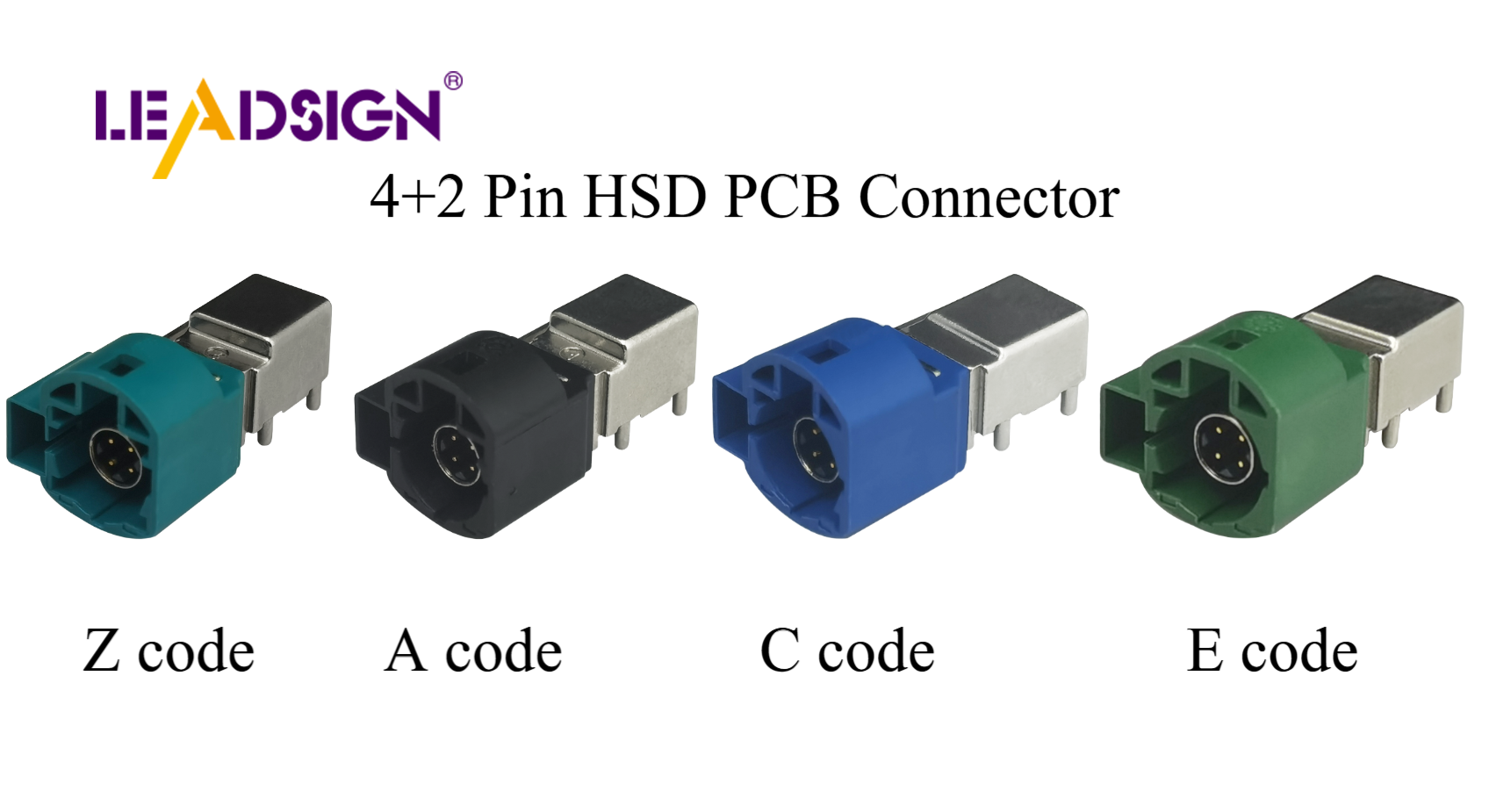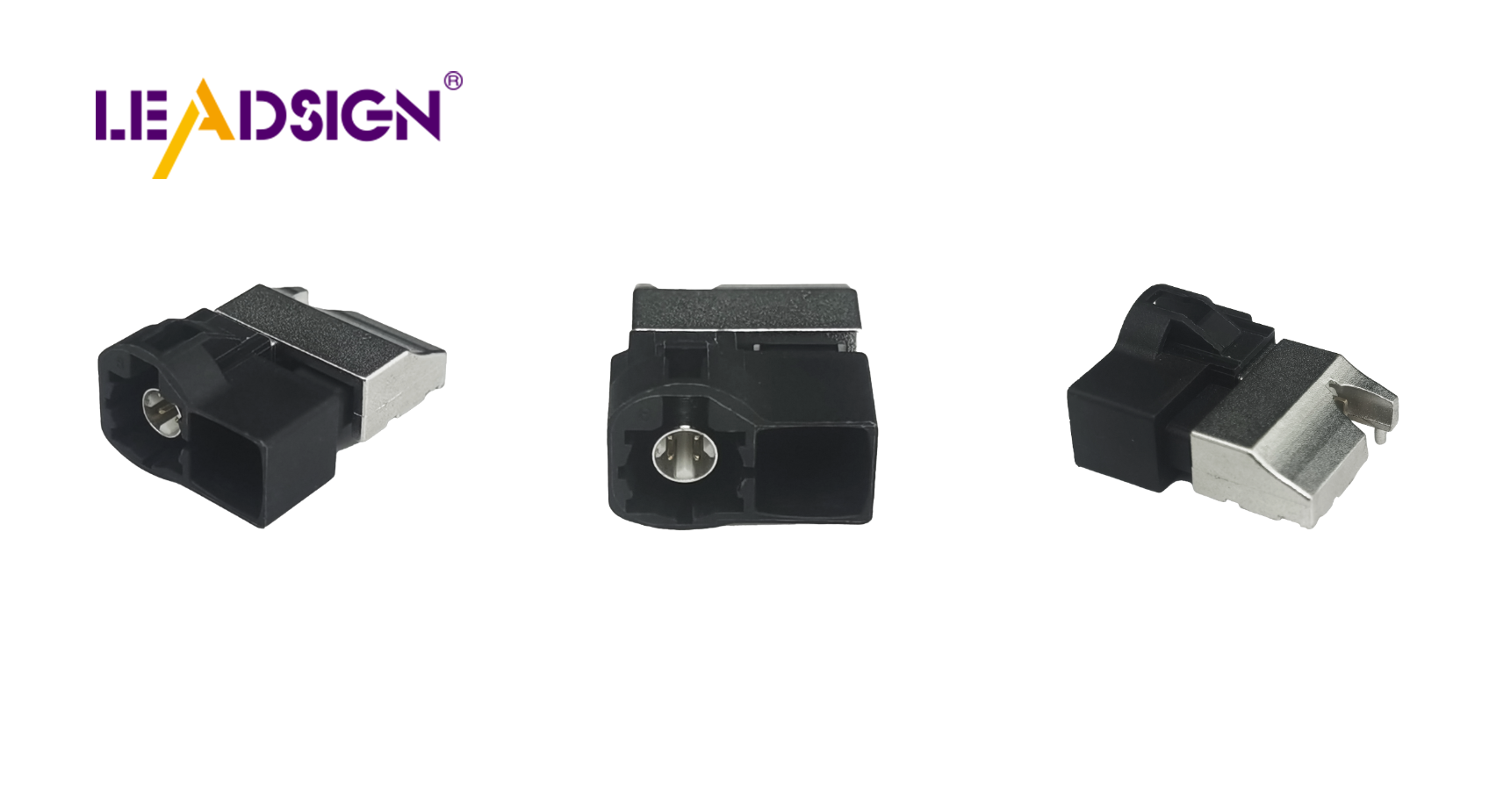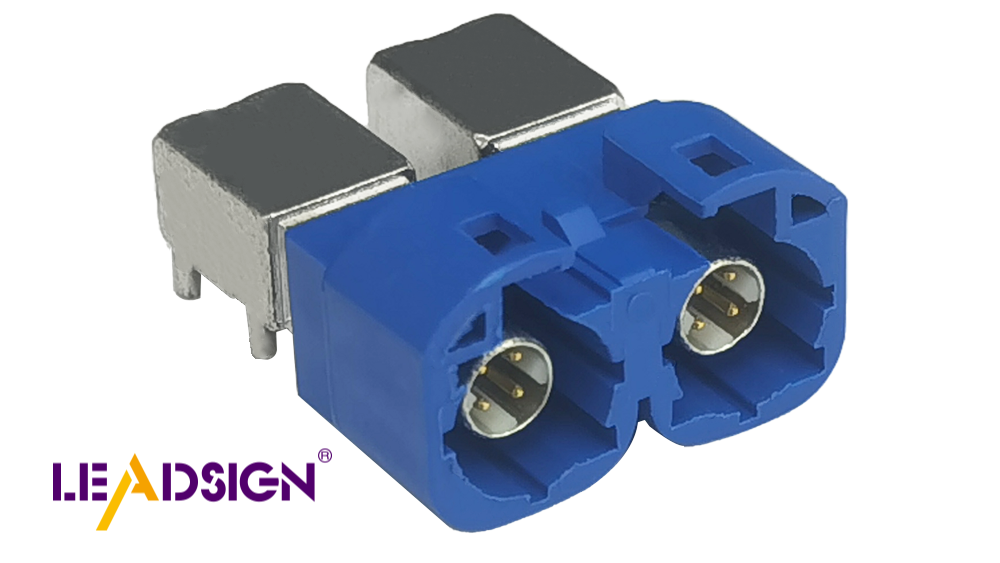Understanding HSD Cables and Their Role in Custom Car Wiring Harness Systems

Have you ever thought about how cars manage so much data? Features like touchscreens or driver-assist systems need lots of information. High-Speed Data (HSD) connectors and cables help with this. These cables send data quickly and work very reliably. They have strong covers that block outside noise. This keeps signals clear and stops electromagnetic interference (EMI). With more self-driving and electric cars, High-Speed Data (HSD) cables are now very important. They make sure data moves smoothly in custom car wiring systems.
Key Takeaways
HSD cables help cars send data quickly, up to 40 Gbps. This is important for features like driver-assist and entertainment systems.
These cables are made to stop outside noise and interference. This keeps signals clear and works well even in tough conditions.
When picking HSD cables, check if they fit, are the right length, and are strong enough for your needs.
What Are High-Speed Data (HSD) Connectors and Cables?

Definition and Origin of HSD Cables
Have you heard of cables that send data fast? HSD means High-Speed Data. These cables were made for faster, reliable data transfer. They were first used in cars for cameras and driver-assist systems. Over time, they became useful in telecom and electronics too. Now, HSD cables are needed for quick and steady data movement.
Key Features and Specifications of HSD Cables
HSD cables have special features that make them unique. They can send data at speeds of 10Gbps or more. This makes them great for high-speed tasks. Their twisted wires reduce signal problems and keep data clear. The strong connectors with metal covers make them last longer. They also stop accidental unplugging. Whether for USB, Ethernet, or LVDS, HSD cables work very well.
Comparison with Other Cable Types
How are HSD cables better than other fast cables? Let’s compare:
Feature | HSD Cables | Other High-Speed Cables |
|---|---|---|
Bandwidth | Handles high-bandwidth signals | Usually lower bandwidth |
Signal Quality | Keeps signals clear, less loss | Often less reliable |
Compatibility | Works with many devices | May not fit all devices |
Durability | Built with strong materials | Quality can vary |
Speed | Slower, like USB 2.0 | |
Wiring | Twisted, shielded wires | Looser, unshielded wires |
Connectors | Strong with metal covers | Standard, less secure |
Cost | Costs more | Cheaper |
HSD cables are faster, stronger, and more reliable. They may cost more, but their quality is worth it.
Features and Design of HSD Cables
Mechanical Structure and Materials Used
What makes HSD cables so strong and dependable? It’s their smart design. The wires are twisted tightly and covered to block outside noise. The connectors have tough metal covers to keep them safe. They also have locks to stop them from coming loose. Strong plastics and metals make these cables last a long time. This design helps them handle the needs of modern cars.
Electrical Properties and Performance
HSD cables are great for sending data super fast. They can transfer data at speeds up to 40 Gbps. This means big files, like 4K videos, move quickly. They send signals clearly without mixing them up. The connectors are made to stop signal problems. They’re easy to plug in and use, thanks to soft contact points. The metal covers also protect against interference, keeping data smooth.
Environmental Durability and Ruggedization
HSD cables are built to handle tough conditions. They work well in cars, even in bad weather. These cables are waterproof and keep out dust. They can handle shaking, heat, cold, and pressure. Whether it’s raining, snowing, or hot, they keep working. That’s why they’re used in car safety systems and entertainment setups.
Applications of HSD Cables in Cars and Other Areas
Car Systems: ADAS, Entertainment, and Cameras
HSD cables are very important in today’s cars. They are used in systems like driver-assist features, entertainment setups, and cameras. These cables send data quickly between sensors, cameras, and computers. For example, in driver-assist systems, they move data from cameras to the car’s brain. This helps with features like staying in lanes and avoiding crashes.
In entertainment systems, HSD cables link speakers, screens, and media devices. They make sound and video better, making trips more fun. GPS systems also use these cables. They connect GPS devices to screens, giving live updates and directions. HSD cables also work with multimedia systems, improving passenger fun and interaction.
Uses in Factories and Home Devices
HSD cables aren’t just for cars; they’re used in other areas too. In factories, they help robots and machines work smoothly. In telecommunications, they support fast 5G networks.
You’ll also find HSD cables in home electronics. They’re inside TVs, gaming systems, and smart gadgets, helping them work faster. In buses and trucks, they connect cameras and media systems. Even display screens and entertainment devices use these cables for better performance.
New Uses in Smart Homes and Telecom
HSD cables are becoming more popular in smart homes and telecom. With more smart gadgets, fast and reliable data is needed. These cables help with quick internet and smooth data sharing.
The growth of 5G networks also increases their use. HSD cables are key for fast data in telecom systems. As more devices connect through IoT, these cables are in high demand. Whether in smart homes or connected factories, they keep communication smooth everywhere.
Integration of HSD Cables in Custom Car Wiring Harness Systems

Role in Ensuring Reliable High-Speed Data Transmission
HSD cables are very important in today’s cars. They help send data quickly and reliably. These cables are used in systems like entertainment and driver-assist features. They connect car parts so everything works together smoothly.
Why are they so dependable? Their strong covers block outside noise. This keeps signals clear, even in tough conditions. Data flows without interruptions, whether for cameras or sensors. As cars need more high-speed connectors, the market for these cables is growing. It’s expected to increase by 6.6% from 2024 to 2031. This shows how important they are for future cars.
Compatibility with Automotive Protocols and Standards
HSD cables work with many car systems and standards. This makes them very useful. Here are some key protocols they support:
Protocol/Standard | What It Does |
|---|---|
LVDS | Sends data with low power |
Ethernet | Moves data between devices |
USB | Connects gadgets easily |
IEEE 1394 | Transfers data quickly |
GVIF | Handles video and graphics |
MOST | Links media systems |
LV214 | Manages car electrical systems |
USCAR 2 | Sets car wiring rules |
REV 5 | Updates car standards |
Because of this wide compatibility, HSD cables fit into many systems. They work well with USB, Ethernet, and more. This makes them great for safety and entertainment setups.
Benefits of Using HSD Cables in Custom Wiring Systems
Why pick HSD cables for custom wiring? They have many advantages. Let’s compare them to regular cables:
Benefit | HSD Cables | Regular Cables |
|---|---|---|
Bandwidth | Less than 1 Gbps | |
Compatibility | Works with new tech | Limited to old devices |
Ease of Use | Easy to plug in | Can be tricky |
Cost | $30-$50, affordable | Prices vary |
Flexibility | Works with many devices | Not very adaptable |
HSD cables are fast and reliable, perfect for cars. They’re easy to use and last a long time. Whether upgrading or building a system, these cables are a smart choice.
Choosing the Right HSD Cable for High-Speed Data Transmission
Factors to Consider: Compatibility, Length, and Durability
When you're choosing the right HSD cable, there are a few things you should keep in mind. First, think about compatibility. Make sure the cable works with your devices and supports the high-speed connector types you need, like USB or Ethernet. Next, consider the length. A cable that's too short might not reach, while one that's too long could cause signal issues. Durability is another big factor. Look for cables with strong shielding and tough connectors to handle wear and tear. Other important features include bandwidth requirements, impedance matching, and shielding to ensure smooth high-speed data transmission.
Importance of Resolution, Refresh Rate, and Price
Resolution and refresh rate are key when you're picking an HSD cable. Here's how they matter:
Resolution: Check that the cable supports the resolution of your display. For example, if you're using a 4K screen, the cable must handle that.
Refresh Rate: Make sure the cable can handle the refresh rate of your device. A higher refresh rate means smoother visuals.
Price: HSD cables come in a range of prices. While it's tempting to go for the cheapest option, don't sacrifice quality. Choose a cable that fits your budget but still delivers reliable high-speed data transmission.
Tips for Selecting the Best Cable for Specific Applications
Here are some practical tips to help you pick the best HSD cable for your needs:
Measure the length you need before buying.
Ensure the cable supports your desired resolution and refresh rate.
Look for cables with proper shielding to avoid interference.
Match the cable's bandwidth to your data needs.
Choose a high-speed connector type that fits your system.
Balance price and quality to get the best value.
By keeping these tips in mind, you'll find the perfect HSD cable for high-speed data transmission, whether it's for your car, home, or office.
HSD cables are important in today’s cars. They help systems share data for safety and entertainment. These cables can send data very fast, up to 40 Gbps. They work with many advanced car standards, making them useful. Picking the right cable ensures it lasts and works well, even in tough conditions.
FAQ
Why are HSD cables better for cars than regular ones?
HSD cables send data faster and block outside interference. They are strong and work well with car systems, making them perfect for modern vehicles.
Can HSD cables be used outside of cars?
Yes! HSD cables are useful in factories, smart homes, and telecom. They connect robots, gaming consoles, and even 5G networks for smooth data transfer.
Tip: Upgrading your home devices? Use HSD cables for faster connections.
How can you check if an HSD cable works with your system?
Read the cable's details. See if it supports USB, Ethernet, or LVDS. Make sure the bandwidth and length fit your device's needs.
Note: Always check your device manual to confirm compatibility.
See Also
Understanding HSD Connectors Essential for Automotive Applications
Why HSD Connectors Matter in Today's Automotive Sector
Key Benefits of HSD Connectors for Automotive Systems
An In-Depth Overview of HSD Connectors Explained
Exploring HSD Connectors' Advantages in Contemporary Vehicles

